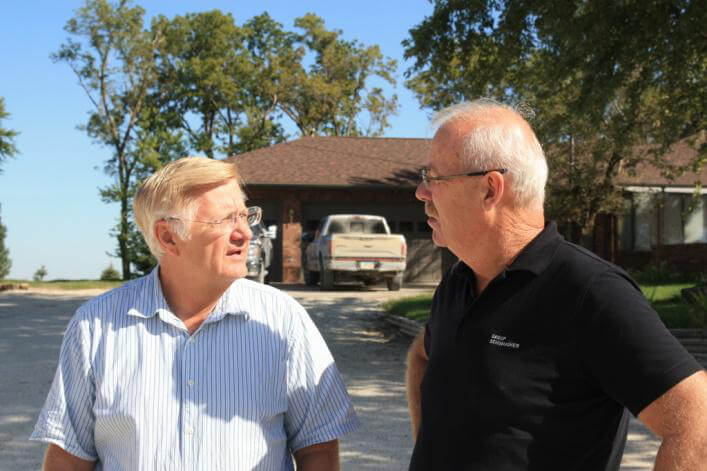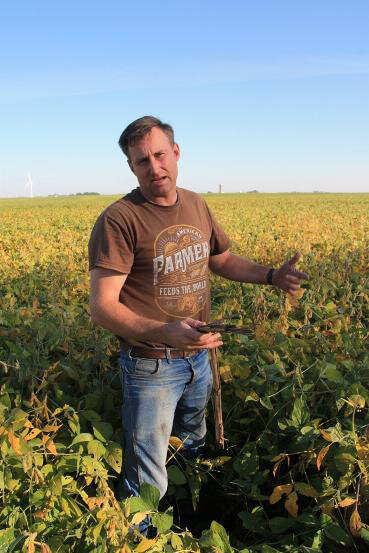Making the difference …
Stan Kading and his two sons Ash and Alex farm about 6,000 acres of corn, 6,000 acres of soybeans, and an astonishing 500 acres of grassed waterways in Iowa. They have been using Schumacher harvesting technology for almost a quarter of a century – and just don’t see anything that might top the reliable cut, the smooth operation, or the low wear and low maintenance requirements of this well proven technology.
The Kading Ag. Inc. is located near Casey in South-West Iowa, on some of the higher parts of the state, and pretty much on the divide between the Mississippi and Missouri river systems. The rolling landscape has been the home of the Kading family for more than 100 years. Stan, born in 1951, followed his father as manager of the farm in 1970. With his two sons Ash and Alex, aged 41 and 38 today, the next generation got involved in the management of the family business as co-owners in 1998.
The topography of the landscape is the cause for one of the farms’ peculiarities: about 500 acres of grassed waterways, which are set up and / or maintained every year to control run-off, thus significantly reducing soil erosion. Since about World War II, farmers in this area have been using conservation practices such as grassed waterways in order to keep the valuable top soil on their ground instead of losing it to adjacent water bodies, roads or other non-farming areas.
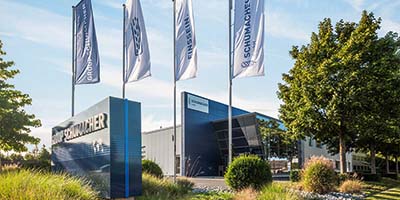


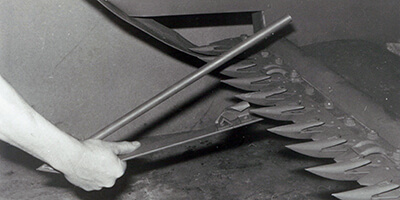



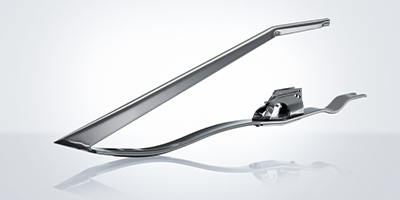

















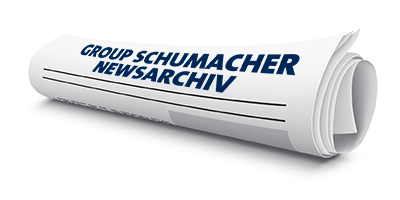












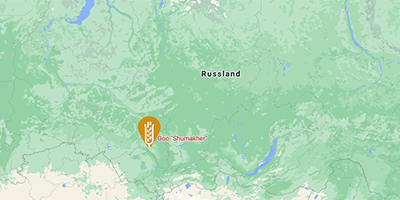





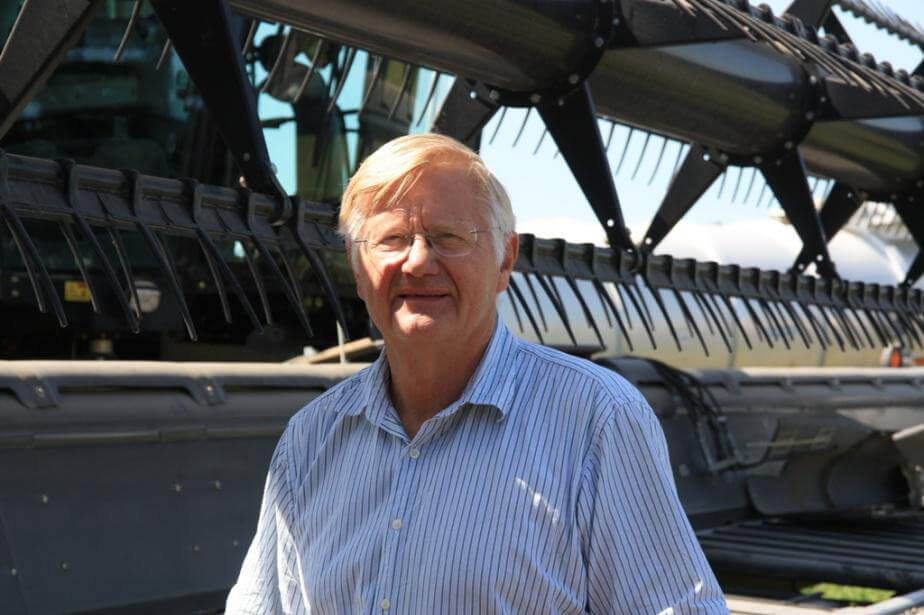 Stan Kading
Stan Kading